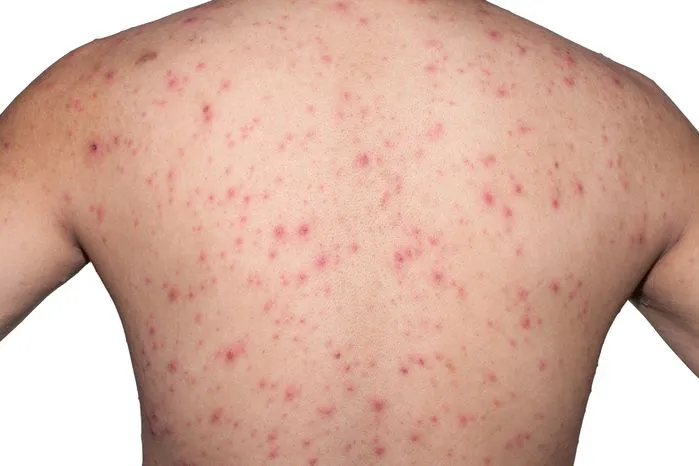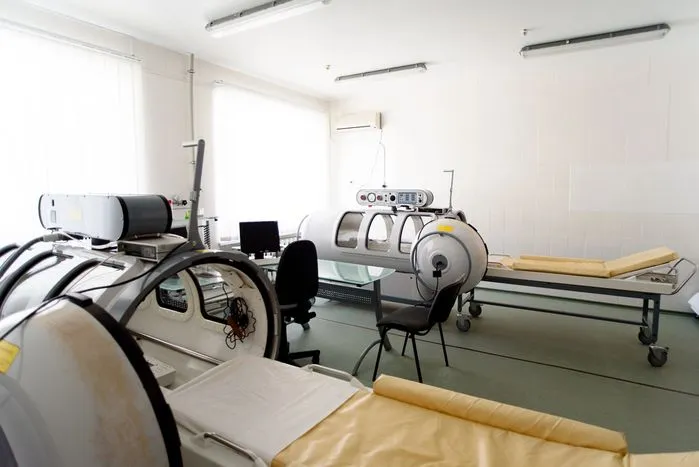Ecchymosis vs. Petechiae: A Closer Look Through First-Hand Clinical Insights
Skin marks come in many forms, and recognizing the difference between harmless and concerning ones matters. Some, like moles and freckles, appear normal, while others may signal health issues. Watch for sudden changes such as rapid growth, irregular borders, color shifts, or itching. If anything looks unusual, seek a doctor’s opinion for a proper diagnosis. Checking your skin regularly helps catch problems early, giving you the best chance for effective treatment.
Top 5 Takeaways
✅ Know the difference – Ecchymosis and petechiae signal different underlying conditions.
✅ Don’t ignore skin changes – Persistent bruising or red spots may indicate a health issue.
✅ Check key signs – Note if discoloration changes color or blanches under pressure.
✅ Act early – Tracking symptoms and seeing a doctor can prevent serious complications.
✅ Stay informed – Understanding these signs helps you make better health decisions.
Understanding Ecchymosis: Causes and Symptoms
"Ecchymosis" might sound unfamiliar, right? This term describes a type of bruise forming when blood escapes from broken capillaries into nearby skin tissue. Causes of ecchymosis include injury or trauma, like bumping your arm against a table. Certain medical conditions or medications might also increase susceptibility to these bruises.
Symptoms of ecchymosis involve a skin patch appearing purple, blue, or black. This area may feel tender and change color while healing. Understanding these details assists in recognizing and managing ecchymosis effectively.
Exploring Petechiae: Characteristics and Triggers
Tiny, flat spots known as petechiae often appear on the skin, displaying red, purple, or brown hues. Resembling pinpricks, they remain unchanged when pressed. Various factors can trigger these spots, including physical strain like coughing or vomiting, which increases pressure in small blood vessels. Certain medical conditions, like infections or vitamin deficiencies, may also contribute to their presence. Medications affecting blood clotting can lead to petechiae as well. Recognizing these spots and understanding potential triggers is essential. If you observe petechiae, particularly if they spread, consulting healthcare professionals can help determine if further investigation is needed.
Visual Differences Between Ecchymosis and Petechiae
Distinguishing ecchymosis from petechiae relies on several visual cues:
- Color Variations: Ecchymosis appears in blue, purple, or green hues, whereas petechiae manifests as small red or purple spots.
- Size Differences: Ecchymosis spans larger areas, sometimes exceeding a centimeter, in contrast to petechiae, which are tiny and pinpoint.
- Shape: Ecchymosis typically displays irregular borders, while petechiae are round and uniform.
- Location: Ecchymosis may show up anywhere, but petechiae often appear on arms, legs, and mucous membranes.
Knowing these distinctions aids recognition, but always consult healthcare professionals for accurate diagnosis.
Diagnostic Approaches: Identifying the Underlying Causes
To identify the causes of ecchymosis and petechiae, understanding their appearance is useful, but uncovering the reasons behind them holds greater significance. This requires both diagnostic tests and clinical evaluations. Healthcare professionals review medical history and conduct physical exams, searching for patterns and related symptoms. Blood tests may be necessary to examine clotting functions or underlying issues like infections or platelet disorders. Imaging studies might be considered for concerns about internal bleeding. By assembling these clues, doctors strive to identify the root cause of skin changes. This comprehensive approach ensures appropriate treatment tailored to each condition.
When to Seek Medical Advice for Skin Discoloration
When should individuals consult a healthcare provider for skin discoloration such as ecchymosis or petechiae? Monitoring skin health is crucial, as alterations may signal underlying medical issues. Here are four indicators suggesting the need for medical consultation:
- Persistent Discoloration: Spots remaining visible for several days require examination.
- Extensive Areas: Discoloration covering significant body portions necessitates expert advice.
- Pain or Swelling: Painful or swollen areas should not be disregarded.
- Additional Symptoms: Headaches, dizziness, or fever alongside skin changes call for a doctor's evaluation.
Healthcare professionals can identify potential conditions and offer guidance to maintain healthy skin.
“Clinical experience teaches us that recognizing these differences helps save lives because it leads to right-time diagnoses of hidden nutrient deficiencies as well as serious blood disorders. Observation of delicate skin indicators goes beyond diagnosis to ensure patients access proper medical treatment at the appropriate moment.”
Supporting Statistics: Key Data on Ecchymosis & Petechiae
Real-world cases and research confirm that bruising and skin discoloration can signal serious health conditions. Here’s what the data shows:
1. Ecchymosis & Bleeding Disorders
- Fact: Patients with severe bleeding disorders (e.g., hypoprothrombinemia) often present with ecchymosis.
- Clinical Insight: Many patients ignore persistent bruising, only to later discover a clotting disorder requiring long-term care.
- Source: NCBI
2. Petechiae & Nutritional Deficiencies
- Fact: Vitamin C deficiency can cause perifollicular petechiae, an early warning sign of scurvy.
- Clinical Insight: A patient with unexplained petechiae and fatigue improved dramatically after correcting their nutrition.
- Source: CDC
3. Petechiae & Infectious Diseases
- Fact: Petechiae are common in infections like strep throat (Group A Streptococcus) and can indicate life-threatening conditions like meningococcemia.
- Clinical Insight: In several cases, a minor rash turned out to be an early sign of severe systemic infection—prompt action was lifesaving.
- Source: CDC
Final Thoughts: Why Small Skin Changes Matter
Skin discolorations like the two may seem minor, but they often provide early warning signs of underlying health conditions. In our experience, recognizing these subtle cues has led to life-saving diagnoses.
Common Misconceptions
🚫 Many assume bruising is always due to injury.
🚫 Petechiae are often overlooked until more serious symptoms develop.
🚫 Waiting too long for evaluation can delay critical treatment.
Why This Knowledge Matters
✅ Early recognition can lead to faster diagnoses and better health outcomes.
✅ Simple observations—like whether a red spot blanches under pressure—can provide critical medical insights.
✅ Educating yourself empowers you to take action, whether for yourself or others.
Frequently Asked Questions
How can you tell the difference between petechiae and ecchymosis?
Size and appearance set petechiae apart from ecchymosis. Petechiae exist as minuscule pink to purple spots which remain smaller than 2mm in diameter. The presence of ecchymosis creates larger blue or purple skin discolorations because blood accumulation extends beyond microscopic levels.
What does petechiae look like?
Petechiae form as tiny, flat red or purple spots on the skin, usually smaller than 2mm. The small circular marks on the skin maintain their flat shape and fail to fade when touched. The spots can appear across the body space yet they predominantly emerge on the legs face or trunk.
What causes ecchymosis and petechiae?
Bleeding underneath the skin surface results in the formation of both ecchymosis and petechiae appearance. The development of petechiae and ecchymosis stems from physical injuries alongside medication effects, normal aging process autoimmune responses, and cases of blood-clotting diseases including sepsis and leukemia. Serious health concerns may exist when bleeding under the skin occurs so patients require examination by a medical expert.




.webp)

.avif)